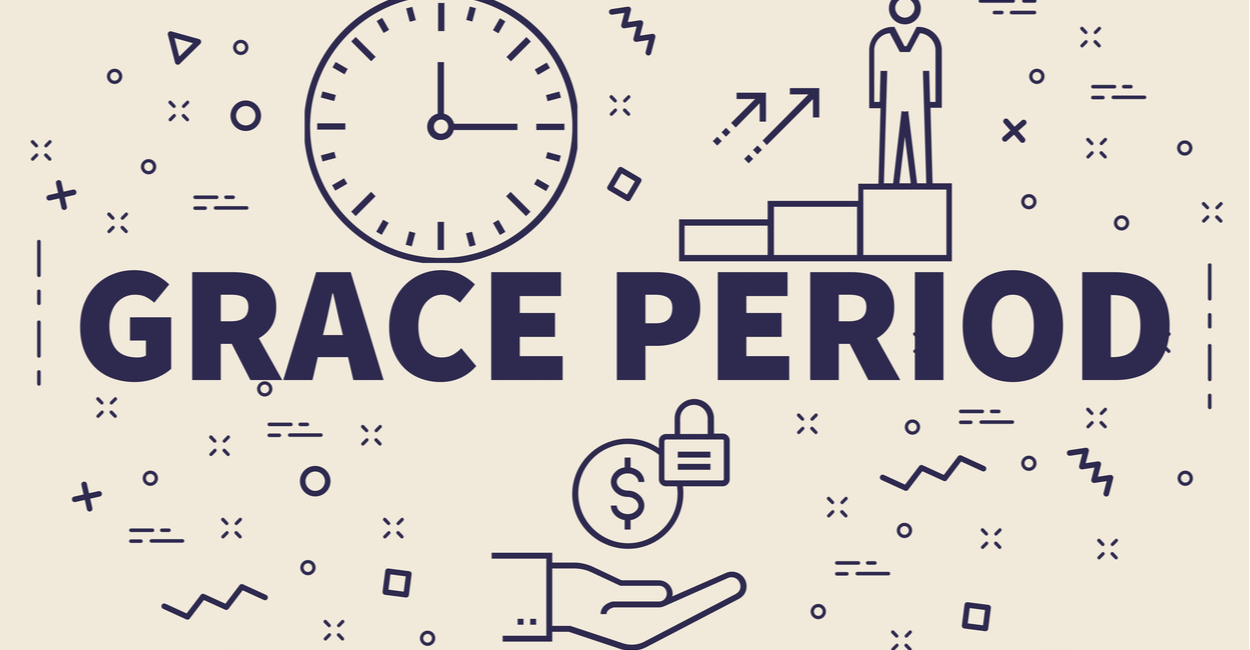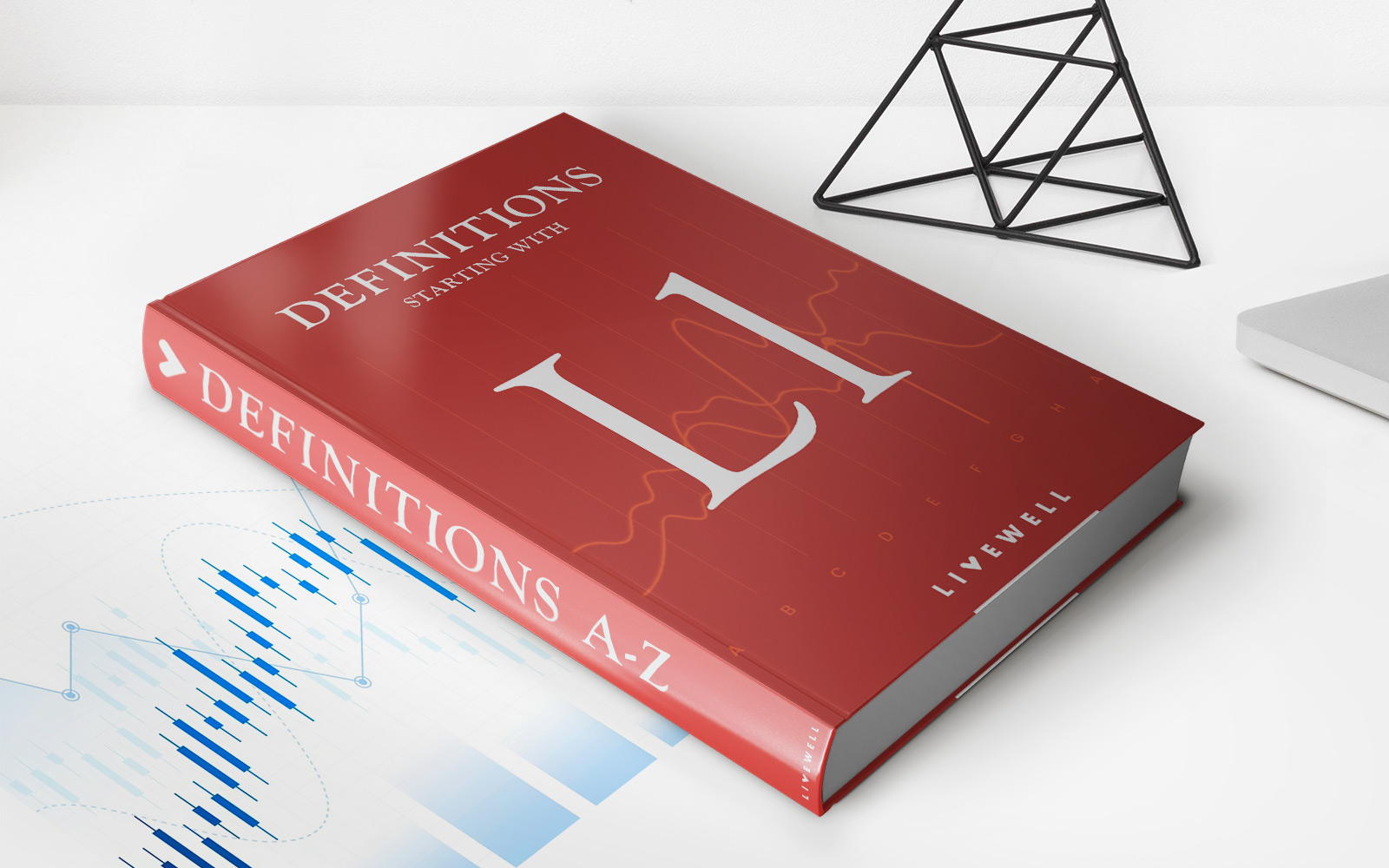

Finance
How Long Is The Grace Period For Credit Cards?
Published: February 20, 2024
Learn about the grace period for credit cards and how it impacts your finances. Understand the importance of managing credit card payments effectively.
(Many of the links in this article redirect to a specific reviewed product. Your purchase of these products through affiliate links helps to generate commission for LiveWell, at no extra cost. Learn more)
Table of Contents
**
Introduction
**
When it comes to managing your finances, understanding the intricacies of credit card terms is crucial. One such important aspect is the grace period for credit card payments. The grace period represents the window of time during which you can pay your balance in full without incurring any interest charges. This period typically ranges from 21 to 25 days, but the specific duration varies based on several factors, including the issuer’s policies and the cardholder’s billing cycle.
As a cardholder, comprehending the nuances of the grace period empowers you to make informed decisions about when and how to use your credit card. By leveraging this knowledge, you can optimize your cash flow, minimize interest expenses, and enhance your overall financial well-being. In this comprehensive guide, we will delve into the intricacies of credit card grace periods, exploring the factors that influence their length and offering valuable tips on maximizing their benefits. Whether you’re a seasoned credit card user or new to the world of plastic, this guide will equip you with the knowledge needed to navigate the realm of credit card grace periods with confidence and expertise.
**
Understanding the Grace Period for Credit Cards
Before delving into the specifics of grace periods, it’s essential to grasp the fundamental concept underlying these provisions. The grace period serves as a brief respite between the end of a billing cycle and the payment due date, during which you can settle your outstanding balance without incurring interest charges. This period typically ranges from 21 to 25 days, offering cardholders a window of opportunity to manage their finances and make timely payments.
It’s important to note that not all credit card transactions qualify for the grace period. While new purchases often fall within this timeframe, cash advances and balance transfers may not enjoy the same benefit. Therefore, understanding the terms and conditions specific to your credit card is paramount in determining which transactions are eligible for the grace period.
Furthermore, the calculation of the grace period hinges on the billing cycle. For instance, if your billing cycle ends on the 15th of the month and your grace period spans 25 days, you would have until the 10th of the following month to settle your balance without incurring interest. This temporal leniency can be a valuable tool for effectively managing your cash flow and optimizing your financial strategy.
By comprehending the mechanics of the grace period, you can strategically time your purchases and payments to leverage this interest-free window. This knowledge empowers you to make informed decisions about your credit card usage, ultimately contributing to a more secure and efficient financial outlook.
**
Factors Affecting Grace Period Length
The duration of the grace period for credit card payments is influenced by several key factors, each playing a pivotal role in shaping the terms and conditions set forth by credit card issuers. Understanding these factors is essential for cardholders seeking to optimize their financial management and minimize interest expenses.
One of the primary determinants of the grace period length is the policies established by the credit card issuer. Different financial institutions may offer varying grace periods, with some extending the window to 25 days while others adhere to a 21-day timeframe. It’s imperative for cardholders to review the terms and conditions provided by their issuer to ascertain the specific details of their grace period.
Another influential factor is the billing cycle, which forms the foundation for calculating the grace period. The duration of the billing cycle, typically ranging from 28 to 31 days, directly impacts the length of the grace period. Cardholders should familiarize themselves with their billing cycle and the corresponding grace period to effectively plan their payments and optimize their credit card usage.
Additionally, the type of credit card and the cardholder’s credit history can also impact the grace period length. Premium or high-tier credit cards may offer longer grace periods as an incentive to attract and retain customers. Similarly, cardholders with a strong credit history and a proven track record of timely payments may be eligible for extended grace periods, reflecting the issuer’s confidence in their creditworthiness.
Furthermore, changes in regulatory standards and industry practices can influence the grace period length. It’s essential for cardholders to stay informed about any developments in credit card regulations and market trends that may impact the terms of their grace period.
By considering these factors, cardholders can gain a comprehensive understanding of the dynamics shaping the length of their grace period. Armed with this knowledge, they can make informed decisions about their credit card usage and leverage the grace period to their advantage, thereby enhancing their financial well-being.
**
Importance of Knowing Your Grace Period
Understanding the nuances of your credit card’s grace period is paramount for effective financial management. By being cognizant of this critical aspect, cardholders can make informed decisions that optimize their cash flow, minimize interest expenses, and enhance their overall financial well-being.
One of the primary benefits of knowing your grace period is the ability to strategically time your purchases and payments. By leveraging the interest-free window provided by the grace period, you can make essential purchases and subsequently settle the outstanding balance without incurring interest charges. This strategic approach allows you to maximize the utility of your credit card while minimizing the financial burden.
Moreover, knowing your grace period empowers you to plan your expenditures and payments effectively. By aligning your billing cycle and grace period with your income schedule, you can ensure that you have the necessary funds to settle your credit card balance within the interest-free window. This proactive approach mitigates the risk of late payments and associated fees, contributing to a more stable financial outlook.
Additionally, understanding your grace period enables you to optimize your budgeting and financial planning. By factoring in the grace period when managing your expenses, you can allocate your resources more efficiently, ensuring that you have sufficient funds to cover your credit card payments within the interest-free timeframe. This proactive approach fosters greater financial discipline and resilience, bolstering your overall financial health.
Furthermore, being aware of your grace period allows you to take advantage of promotional offers and rewards programs offered by credit card issuers. By strategically timing your purchases to align with these incentives and subsequently settling the balance within the grace period, you can maximize the benefits derived from your credit card, whether in the form of cashback rewards, travel miles, or other perks.
In essence, knowing your grace period equips you with the knowledge and strategic acumen needed to navigate the realm of credit card usage with confidence and prudence. By leveraging this understanding, you can optimize your financial strategy, minimize interest expenses, and cultivate a more secure and resilient financial position.
**
Tips for Making the Most of Your Grace Period
**
Maximizing the benefits of your credit card’s grace period entails strategic planning and prudent financial management. By implementing the following tips, you can leverage this interest-free window to optimize your cash flow and minimize interest expenses:
- Understand Your Billing Cycle: Familiarize yourself with the specific details of your billing cycle, including the start and end dates. This knowledge forms the foundation for effectively utilizing your grace period.
- Strategically Time Your Purchases: Align significant purchases with the commencement of your billing cycle to maximize the duration of the grace period. This allows you to enjoy an extended interest-free window for managing your expenses.
- Set Payment Reminders: Utilize digital reminders or calendar alerts to ensure that you never miss the deadline for settling your credit card balance within the grace period. Timely payments are essential for optimizing this benefit.
- Monitor Your Credit Utilization: Keep a close eye on your credit utilization ratio to ensure that you are effectively managing your available credit. By staying within a reasonable utilization threshold, you can maintain a healthy credit profile and leverage the grace period more effectively.
- Take Advantage of Rewards Programs: If your credit card offers rewards or cashback programs, strategically time your purchases to coincide with promotional offers. This allows you to maximize the benefits while still settling the balance within the grace period.
- Review Your Statements Regularly: Routinely review your credit card statements to identify any discrepancies or unauthorized charges. This proactive approach ensures that you can address any issues promptly and maintain the integrity of your grace period utilization.
- Opt for Automatic Payments: Consider setting up automatic payments for the minimum amount due to avoid missing the payment deadline. However, it’s essential to monitor your expenses and settle the full balance within the grace period to avoid accruing interest.
By incorporating these tips into your financial management practices, you can harness the full potential of your credit card’s grace period. This proactive approach not only minimizes interest expenses but also cultivates a more disciplined and strategic approach to credit card usage, contributing to a stronger and more resilient financial foundation.
**
Conclusion
Understanding the intricacies of the grace period for credit card payments is a fundamental aspect of effective financial management. By comprehending the mechanics of this interest-free window and the factors influencing its duration, cardholders can make informed decisions that optimize their cash flow and minimize interest expenses. The grace period serves as a valuable tool for strategically timing purchases, planning payments, and leveraging promotional offers, ultimately contributing to a more secure and efficient financial strategy.
By familiarizing yourself with the specifics of your credit card’s grace period and implementing strategic tips for maximizing its benefits, you can cultivate a more disciplined and prudent approach to credit card usage. This proactive stance not only minimizes interest costs but also fosters greater financial resilience and stability. Leveraging the grace period effectively empowers you to optimize your budgeting, capitalize on rewards programs, and maintain a healthy credit profile, thereby enhancing your overall financial well-being.
In essence, the grace period represents a valuable opportunity for cardholders to exercise financial prudence and strategic acumen in managing their credit card expenses. By integrating the insights and tips outlined in this guide, you can harness the full potential of your credit card’s grace period, paving the way for a more secure and empowered financial future.














